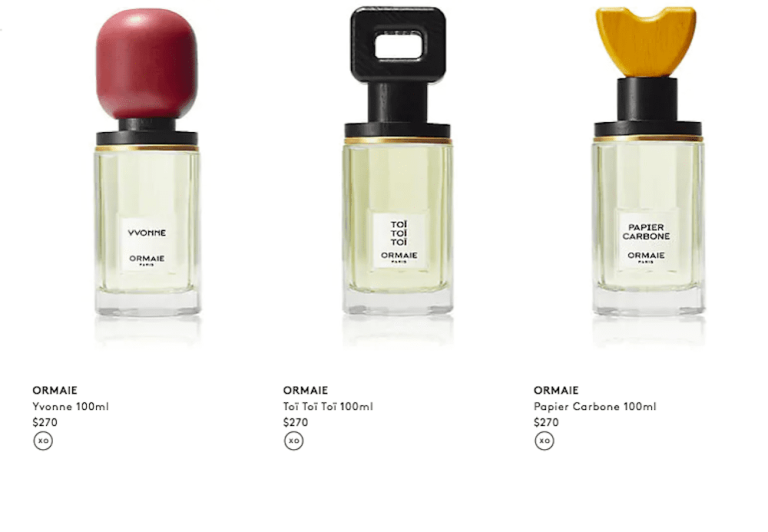Perfecting Perfumery For The Instagram Era

When Baptiste Bouygues joined forces with his mother, Marie-Lise Jonak, to create a line of perfumes called Ormaie, they quickly learned that selling all-natural luxury perfume directly to consumers was much harder in practice than it would appear to be on paper.
Prior to his efforts at entrepreneurship, Bouygues had worked a few luxury labels, notably LVMH. While there, he became somewhat disenchanted with the process by which luxury scents are created.
“In perfumery today, what’s interesting is that the director of marketing basically leads everything. It’s not at all how it should be. It should be creation that comes first,” Bouygues told Quartzy.
While the packaging for perfume comes complete with images of natural scenes and floral displays, the actual formulation of most scents is a very synthetically driven process. Bouygues and Jonak were looking to create something that has almost entirely disappeared from the luxury perfume business: products made entirely from natural materials and ingredients.
In fact, Bouygues noted in an interview, when they were starting out, it was a challenge to find perfumers who could even work with such things, as most people plying the trade these days are used to working with petrochemicals, synthetic fixatives and dyes. When they were first talking up the idea, 27 out of 30 other perfume houses advised them that the task was futile and couldn’t be done in the modern world.
Synthetics are so intrinsic to the process of modern perfumery, that leaving them out of the mix is a bit like “making cookies without the eggs, flour and milk,” Marie-Lise Jonak explained to The New York Times.
It took the firm two full years to roll out a line of seven fragrances late last year. The scents were instantly well-reviewed, with glowing media reports commenting on the scents that evoke “the scent-memory of old-fashioned carbon paper sheets, libraries and licorice,” or “the delirium of being in a tropical jungle.”
But as a DTC brand, Ormaie faced a challenge unique to digital perfumers. However wonderful the perfume smells – and at an average cost of $270 for a 100 ml bottle, one would expect pleasant and luxurious aromas – it is a digital good, which most consumers cannot smell before buying.
That means when Ormaie was in the early phase of designing the business and sketching out their scents profile, they realized they had bigger design work ahead of them. They couldn’t just be great perfumers – they also had to be luxury bottle-makers.
“As a child, I remember how much my mother loved the bottle of Chanel No. 5,” Bouygues told Fast Company. “Now, more than ever, making perfume is just as much about creating a physical object as it is about olfactory alchemy.”
The final design was a 12-sided recycled glass bottle for each scent, and a custom-designed topper to match the “feel” of the perfume. The labels are all hand-designed and hot-stamped on Italian paper in old Heidelberg machines to further create the all-natural, handmade aesthetic the brand is working so hard to build. And while one might question the idea of pouring so much visual design into a product primarily purchased for how good it smells, Bouygues believes the separation isn’t quite that clear. The love of the look feeds the love of the smell, he said, and vice versa.
“From the start, I have only encountered two people who loved the fragrance, but not the bottle,” said Bouygues. “It’s the exception that proves the rule.”
And the exception that proves – or at least underscores – the rule is not a bad way to describe Ormaie as a brand. It doesn’t want to get big – the goal is to stay small. Their teams are spry and nimble by design, so they can experiment more and stay open to new ideas, as opposed to what is possible with large, dedicated teams.
“Financially, our model may sound absurd, but we’re a small maison and we have low [operational] costs,” Bouygues said. “We wanted to be happy with what we’ve done, and we hope people like it.”